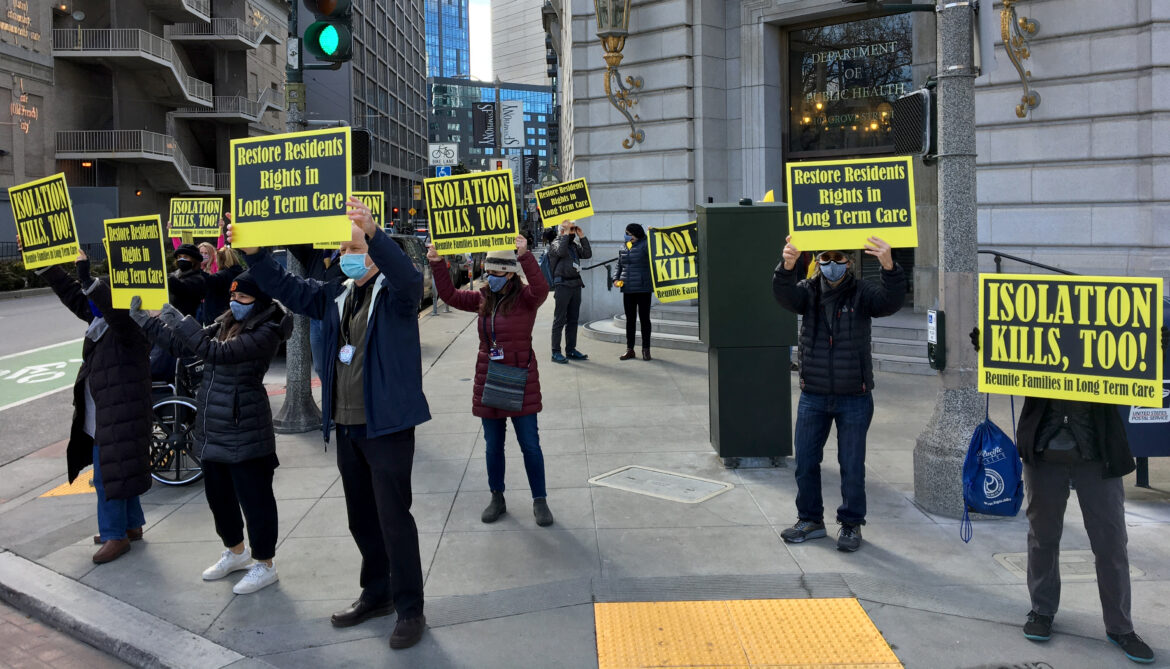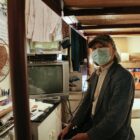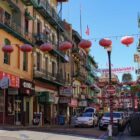On the sidewalk in front of the San Francisco Department of Public Health on Thursday morning, a dozen or so activists stood holding yellow signs reading “Isolation kills, too!” Julie Schneider, the field service coordinator for the Long-Term Care Ombudsman Program, was one of these advocates for residents of facilities like nursing homes, who have been calling for in-person visitation in long-term care to resume promptly. “Civic” spoke with Schneider and volunteer ombudsman Richard Correia at the demonstration.
“If you spend enough time around people that are in the end stages of their life, there are things that keep them going. And then there are times when, you know, they lose the will,” Correia said.
One of those things is seeing loved ones, he said. One facility resident he worked with had recently chosen assisted suicide, Correia said, after months of isolation under the pandemic visitation restrictions.
“That was really troubling to me,” Correia said. “Certainly there were medical issues, and he qualified for it. But he had a much stronger will at the beginning of this.”
Advocates have been pushing for the city to ease pandemic-related restrictions on people visiting their loved ones in these facilities for weeks. Their demonstration marked one year since health orders severely restricted visitation as the pandemic took hold in California. It also came a day after the city’s health department had issued an order expanding visitation by removing strict local guidelines and instead aligning with state policy that allows for indoor, in-person visits when they can be done safely.
Safety requirements include screening any visitor for potential infection, testing and wearing masks. A county’s infection rate “tier” and a facility’s size, staffing and vaccination rate also influence how visitation can occur. Restrictions loosened last fall had until now only allowed for visitors to see residents through a window, from their cars or in some cases outdoors with social distancing.
“It’s hard because some people don’t have outdoor space. It’s just hard to navigate,” Schneider said.
Some types of visitation have been allowed from the beginning of the pandemic. The ombudsman has always been allowed to visit facilities, according to the city health department, and “essential visitation” has been allowed under acute circumstances like the end of a resident’s life or for legal requirements.
While much of Schneider’s contact for many months was virtual, she recently began visiting some facilities.
“There’s people who have no family at all. And that’s who we also try to focus on a lot, to make sure that they’re getting their needs met, because they don’t really have as much of a voice or the eyes and the ears that the family or other caregivers have,” Schneider said.
An unsigned statement from the Department of Public Health said Laguna Honda Hospital, the largest skilled nursing facility in the nation, will offer in-person visitation in the coming weeks, as staffing allows. It also noted that the department does not determine how facilities comply with state rules, and is not an enforcement mechanism.
“The San Francisco Department of Public Health is excited that local conditions now support this alignment with the State to allow and encourage individual facilities to safely resume indoor visits,” the statement read.
A segment from our radio show and podcast, “Civic.” Listen at 8 a.m. and 6 p.m. Tuesdays and Thursdays at 102.5 FM in San Francisco, or online at ksfp.fm, and subscribe on Apple, Google, Spotify or Stitcher.










